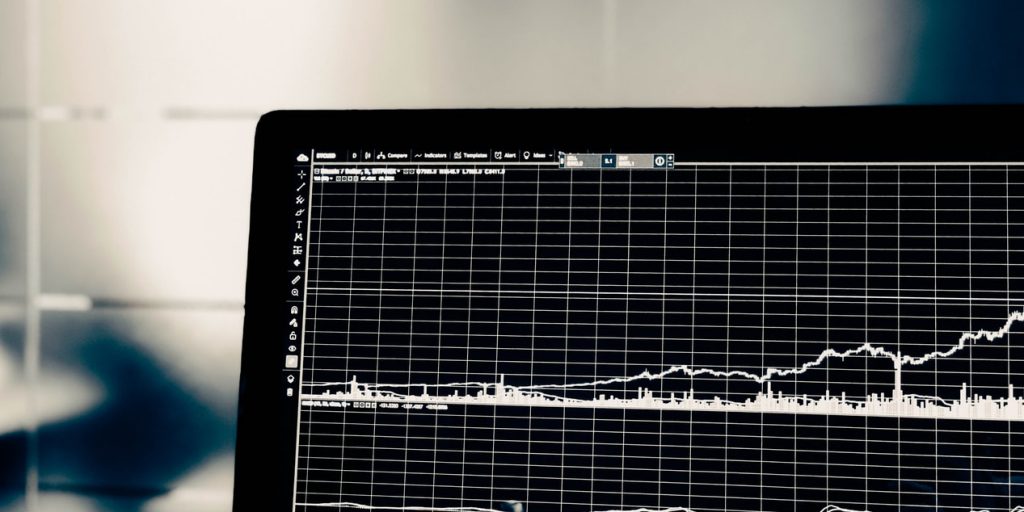Connecting the public sector’s data sources to combat COVID-19
Since mid-March, openings, shutdowns, re-openings, delays, partial openings, limited capacity, social distancing and quarantine lockdown are all part of our current vernacular. As we’ve all been introduced to this new set of vocabulary words, we’ve also worked to decipher what these mean and apply them in the correct context.
For this reason, and many others, school systems, local governments, parents, educators, administrators and kids across the country all have a lot hinging on data. The decisions about how, when and where schools are re-opening – and what form education takes whether it is virtual, in-person, or a blend of both – are contingent upon accurate, reliable data being shared among constituencies. This is why information needs to be analyzed, utilized and connected to other data sources, in order to provide real-time insights and a big-picture-view of critical to decision making.
Inefficient and archaic technology and lack of real-time, interconnected data is slowing the public sector down in a myriad of ways, which means the data that is collected and stored isn’t being utilized to its highest potential. Local governments, schools and healthcare organizations are all sitting on a treasure trove of data – especially demographics. During the pandemic, it is imperative to know which geographical areas, age ranges, incomes and technology-literate groups are the highest priority for assistance. The more information that is known about these groups, the faster and more effectively critical items such as technology for education, healthcare assistance and social services can reach them.
While the statistics about COVID-19 are reported everywhere from news outlets, social media, government websites and more, there is no singular source of information for local communities exists. The need for a single source of data is what makes a connected digital strategy so important. When data is broken down from silos and shared within secure networks, informed decisions and change can happen.
For example, in school systems where administrators agree that safety is a top priority, to ultimately determine when and how schools should reopen and what form education will take, is heavily reliant on real-time health data. This would require the creation of a state-wide dashboard that shows real-time data on virus outbreaks with contact tracing updates, population areas affected, school closing/opening information and more. This way, if a parent picks up their child up from school and realizes the child is ill, they can report the symptoms (i.e. fever) immediately, which could be shared in real-time with administrators, health authorities and even other parents. Knowing the symptoms and who the child was in contact with could help others make quick decisions — in seconds rather than hours or days, and could even save lives.
While data is accessible to everyone, regardless of location, income, race, gender or age, it helps inform and empower, as well as introduce concerns around data privacy. This is particularly prevalent for organizations using archaic systems that likely have weak security measures in place to protect existing data. However, even the most powerful corporations in the world struggle with protecting their data as hackers and cybercriminals still find their way into modern databases. Therefore, updating and securing systems only serves to better protect data. Why burden citizens in stressful times with a lack of trust and security in what is being reported?
Data isn’t perfect and neither is the technology that supports it, but by taking steps to improve the public sector’s systems and treat the data as an asset, it will allow greater visibility and insights. To help organizations make the most informed decisions possible, public sector agencies need to develop stronger data strategies and create technological infrastructures that provide consistent and reliable information. These decisions must then be disseminated to citizens, allowing them to be self-sufficient in caring for their health and that of their family members. The more thorough the data and conclusions, the more empowered and informed individuals become. We all need to see, understand, trust and use data the best way we can to come out of this pandemic stronger and more resilient.
Shamlan Siddiqi is CTO for NTT DATA‘s Public Sector Business Unit leading innovation and technology vision and strategy for clients and serves on various industry councils around digital, AI, blockchain and security. Contact him at [email protected];.




















